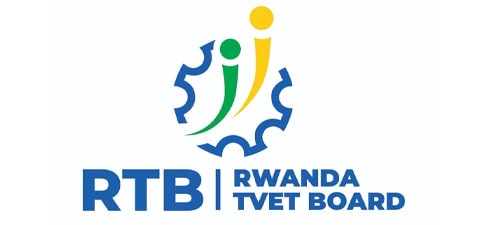CCM 001: INTRODUCTION TO CYBERSECUTIY
Course Overview
This introductory course takes you inside the world of cybersecurity. You will learn cybersecurity basics to protect your personal digital life and gain insights into the biggest security challenges companies, governments, and educational institutions face today. Cybersecurity professionals who can protect and defend an organization’s network are in high demand.
Cybersecurity objective
The program structure aims to familiarize learners with:
- The present cyber-security landscape and offer them the knowledge of pertinent and appropriate tools to enable them to evaluate and control security protocols in the concerned information processing systems.
- It will equip the Learners with the skills to perform business impact analysis and disaster recovery testing.
MODULES:
MODULE 1: INTRODUCTION TO CYBERSECURITY
- The World of Cybersecurity
- What is Cybersecurity
- Protecting your Personal Data
- Your online identity
- Your data
- Where is your data
- What’s More…
- Smart Devices
- What Do Hackers Want?
- Identity Theft
- Who Else Wants My Data?
- Organizational Data
- Types of Organizational data
- The cube
- What do you think
- Is this for Real
- Data Security breaches
- Consequence of a Security Breach
- what was taken
- Scenario 1
- What happened?
- Scenario 2
- What exploits
- Rewind
- Key takeaways
- Find out More
- Cyber attackers
- Types of Attackers
- What color is My at?
- Internal and External Threats
- What Do You think?
- Cyberwarfare
- Signs of the Times(Stuxnet)
- The purpose of Cyberwarfare
MODULE 2: ATTACKS, CONCEPTS AND TECHNIQUES
- Analyzing a Cyber Attack
- Types of malware
- Symptoms of malware
- What do you think
- Methods of Infiltration
- Social Engineering
- Denial-of-Service
- Distributed DoS
- Botnet
- On-Path Attacks
- SEO poisoning
- Wi-Fi Password Cracking
- Password Attacks
- Cracking Times
- Advanced persistent Threats
- It’s Over to You…
- Security Vulnerability and Exploits
- Hardware Vulnerabilities
- Software Vulnerabilities
- Categorizing Software Vulnerabilities
- Software Updates
- What Do You Think?
- The Cybersecurity Landscape
- Cryptocurrency
- Crypto jacking
MODULE 3: PROTECTING YOUR DATA AND PRIVACY
- Protecting Your Devices and Network
- What Do you Think
- Protecting your Computing Devices
- Wireless Network Security at Home
- Public Wi-Fi Risks
- Password Security
- A Strong Password
- Using a Passphrase
- Password Guidelines
- Password Check
- Data Maintenance
- What is Encryption?
- How Do You Encrypt your Data?
- Back Up Your Data
- Are They Really Gone?
- How Do You Delete Your Data Permanently?
- Who Owns your Data
- Terms of Service
- Understand the Terms
- What Are You Agreeing To?
- The Data Use Policy
- Privacy Settings
- Before You Sign UP
- Protect your Data
- Safeguarding Your Online Privacy?
- Two-factor authentication
- Open Authentication
- Social Sharing
- Don’t get spoofed
- Email and Web Browser Privacy
MODULE 4: PROTECTING THE ORGANIZATION
4.1 Cybersecurity devices and technologies
- Security Appliances
- Which is it?
- Firewalls
- Which one?
- Port Scanning
- What Does It Mean?
- Intrusion Detection and Prevention Systems
- Real-Time Detection
- Protecting against Malware
- Security Best Practices
4.2 Behaviour approach to cybersecurity
- Behavior-Based Security
- Net flow
- Penetration testing
- Your turn
- Impact Reduction
- What is Risk Management?
4.3 Cisco Approach to Cybersecurity
- Cisco’s CSIRT
- Security Playbook
- Tools for Incident Detection and v Prevention
- Cisco’s ISE and TrustSec
- Talk the Talk
MODULE 5: WILL YOUR FUTURE BE IN CYBERSECURITY
5.1 Legal and Ethical Issues
- Legal Issues in Cybersecurity
- Ethical issues in Cybersecurity
- How did you answer
- Corporate Ethical Issues
5.2 Education and Careers
- Become a Cybersecurity Guru
- Professional Certifications
- Cybersecurity Career Pathways
MODULE 6: FINAL PROJECT
- Apply the concepts learned throughout the course to a real-world security problem
- Use appropriate tools and techniques
- Present solutions in an organized and effective manner









